Wagashi refers to traditional Japanese confections made using time-honored methods. These sweets embody the essence of Japan’s food culture and aesthetic sensibilities. Wagashi goes beyond mere desserts. They have evolved by skillfully expressing the changing seasons. They also connect deeply with Japanese cultural practices. These include annual events and the tea ceremony (cha no yu). This article examines wagashi’s historical evolution from multiple perspectives. It explores various classification methods used for these traditional sweets. The text also analyzes aesthetic principles found in their shapes and colors. We investigate their cultural significance in contemporary society. Through this exploration, we shed light on these confections’ intrinsic value. Readers will gain insight into wagashi’s importance beyond just culinary pleasure.
The History of Wagashi
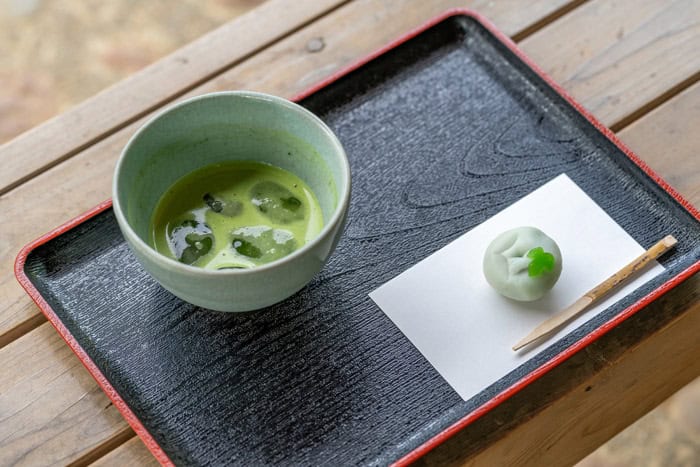
Tracing the history of wagashi reveals a long journey, shaped by foreign influences yet sublimated into a uniquely Japanese culture.
Origins and ancient snacks: The roots of wagashi are thought to lie in the natural bounty enjoyed by ancient peoples, such as nuts and fruits. These were simple snacks that required little processing.
Arrival of Tang Dynasty Sweets (Nara-Heian Period)
A major catalyst for the development of Japanese confectionery came from the cultural transfer from the mainland. From the Nara to the Heian periods, envoys and other travelers introduced various sweets from China (Tang Dynasty), known as “Tōgashi” or “Karakudamono.” They brought techniques such as kneading rice or wheat flour into shapes and frying them. The aristocracy and religious practitioners mainly used these sweets as offerings to the gods (shinsen) or for court ceremonies.
Dissemination of Tenshin and the Tea Ceremony (Kamakura-Muromachi Period)
From the Kamakura to the Muromachi period, the custom of drinking tea (“kissa”) came from China along with Zen Buddhism. Light meals served with tea, called “tenshin,” greatly influenced the development of wagashi. During this period, the forerunners of yōkan (sweet bean jelly) and manjū (buns filled with bean paste) appeared. The tea ceremony, especially as perfected by Sen no Rikyū and others from the Azuchi-Momoyama period onward, contributed greatly to the refinement of wagashi. Tea ceremonies required visually beautiful, spiritually elevated confections that complemented the taste of the tea.
Diversification and popularization (Edo period)
As the Edo period began, society stabilized and the economy grew. Increased domestic sugar production and improved distribution networks allowed confectionery, previously the preserve of aristocrats and samurai, to gradually spread to the common people. Distinct regional styles emerged, such as the elegant “Kyōgashi” centered in Kyoto and the “Jōgashi” developed in Edo. A wide variety of wagashi and sophisticated confectionery techniques flourished during this period. The development of the five major highways (Gokaidō) also helped local confectionery specialties become known nationwide. Many wagashi familiar to us today are said to have established their forms during the Edo period.
Influence of Nanban-gashi
During the Azuchi-Momoyama period, “nanban-gashi” arrived from Portugal and Spain. These “southern barbarian sweets” included castella, bōro, konpeitō, and aruheitō. The new confections differed significantly from existing wagashi. They used eggs and sugar more liberally than traditional Japanese sweets. These imports brought novel flavors to Japan’s confectionery world. They also introduced techniques previously unknown in Japanese sweet-making. The foreign sweets greatly influenced wagashi’s subsequent development. Japanese confectioners adapted these methods to local tastes. They incorporated new ingredients while maintaining Japanese aesthetic sensibilities. This fusion created entirely new categories of traditional sweets. The cultural exchange enriched Japan’s confectionery traditions considerably. It demonstrates how wagashi evolved through foreign influence.
Connection to annual events
Wagashi are not just sweets; they are closely tied to Japan’s seasonal events and life milestones.Specific types are made for occasions like New Year’s, Setsubun, Hina Matsuri, and Moon Viewing.
Examples include kuchitori for New Year’s, hishimochi for Hina Matsuri, and tsukimi dango for Moon Viewing. Each wagashi reflects the meaning and season of the event it represents. Though influenced by continental culture, wagashi evolved uniquely through tea ceremonies and daily Japanese life. They embody Japan’s seasonal awareness and traditional customs in a rich and meaningful way.
Classification of wagashi and their characteristics
Due to their wide variety, wagashi are classified in several ways, with the most common method being based on moisture content.
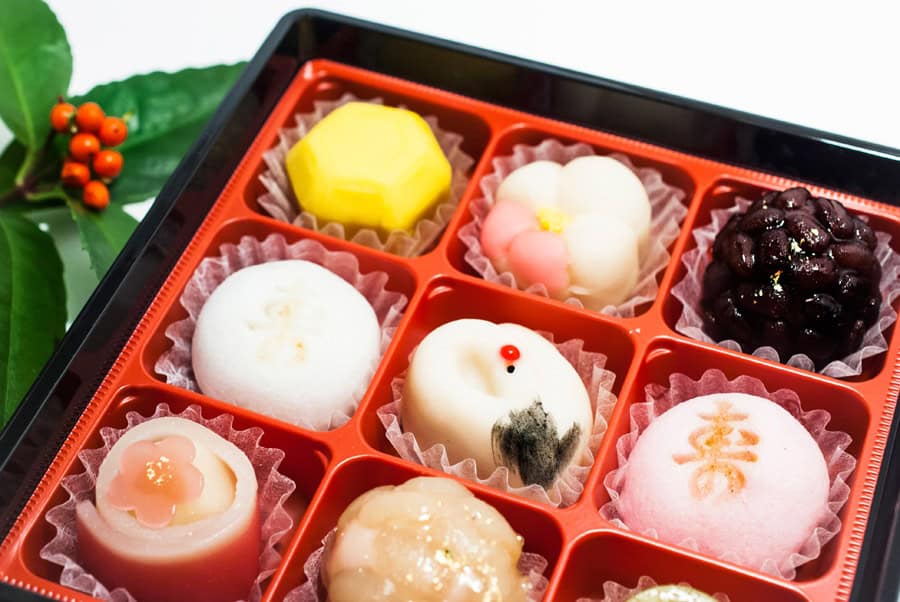
Namagashi (fresh confectionery)
These contain 30% or more moisture. Examples include mochi-based confections such as daifuku and ohagi, steamed items such as manjū and uirō, kneaded confections such as nerikiri (artisans make from bean paste), and jellies such as mizu-yōkan, which agar binds together. They generally have a short shelf life, but allow consumers to enjoy the natural flavors and freshness of the ingredients. They often feature delicate craftsmanship that expresses seasonality. Tea ceremony practitioners use particularly exquisite examples, known as “Jōnamagashi,” as the main sweet (omogashi) in tea ceremonies, and these sweets display artistic beauty.
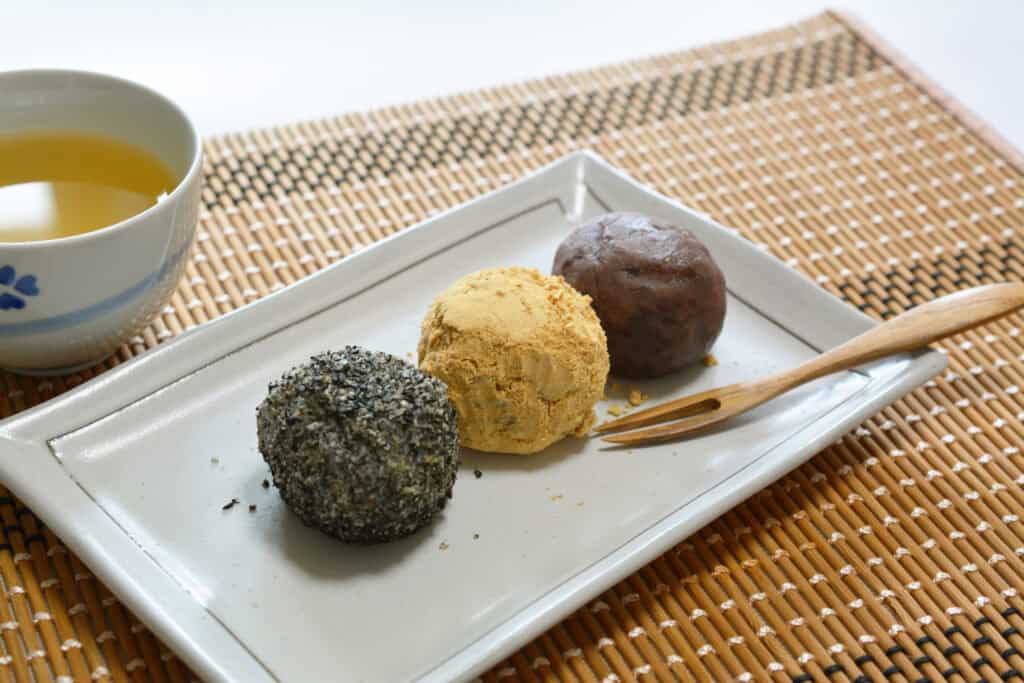
Han-namagashi (semi-fresh sweets)
These have a moisture content between 10% and 30%. This category includes sweets such as ishigoromo (bean paste coated with sugar), monaka (bean paste between crispy wafers), yōkan (bean paste solidified with agar), and dorayaki (bean paste between fluffy pancakes). (Castella is sometimes lumped together with wagashi). They have characteristics between namagashi and the higashi described below, and keep longer than namagashi.
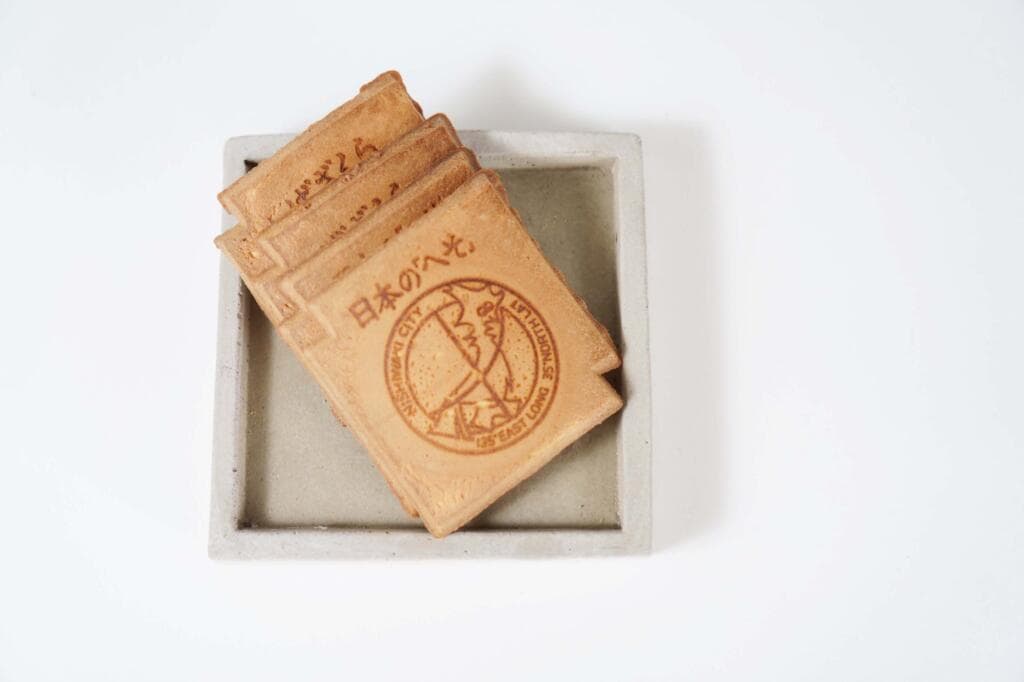
Higashi (dry sweets)
These are dry confections with 10% or less moisture. Examples include rakugan (sugar and flour pressed into molds), shiogama (similarly pressed), kakemono such as okoshi (syrup-coated seeds), yakimono such as sweet senbei (crackers), and amemono such as aruheitō (pulled sugar candy). They have a long shelf life and are often served with thin tea (usucha) in the tea ceremony. Many are beautifully shaped using intricate wooden molds and have a unique, light texture.
Wagashi artisans make these confections primarily from ingredients such as rice (glutinous and non-glutinous), beans (especially azuki), sugar (various types such as granulated, brown, wasanbon), agar (kanten), kudzu starch, and wheat flour. Sweet bean paste, or “an,” arguably forms the foundation of wagashi. Depending on the type of azuki beans, the method of preparation (tsubuan-coarse paste, koshian-smooth paste, etc.), and the type and amount of sugar artisans use, they produce different flavors and textures. Wagashi artisans employ traditional techniques – steaming, baking, kneading, molding, pressing – that generations have passed down to maximize the potential of these ingredients.
Aesthetics and Design Embodied in Wagashi
One of the most remarkable aspects of wagashi is their visual beauty and high level of artistry. They possess a dimension as craft objects condensing Japanese aesthetics, beyond being mere food.
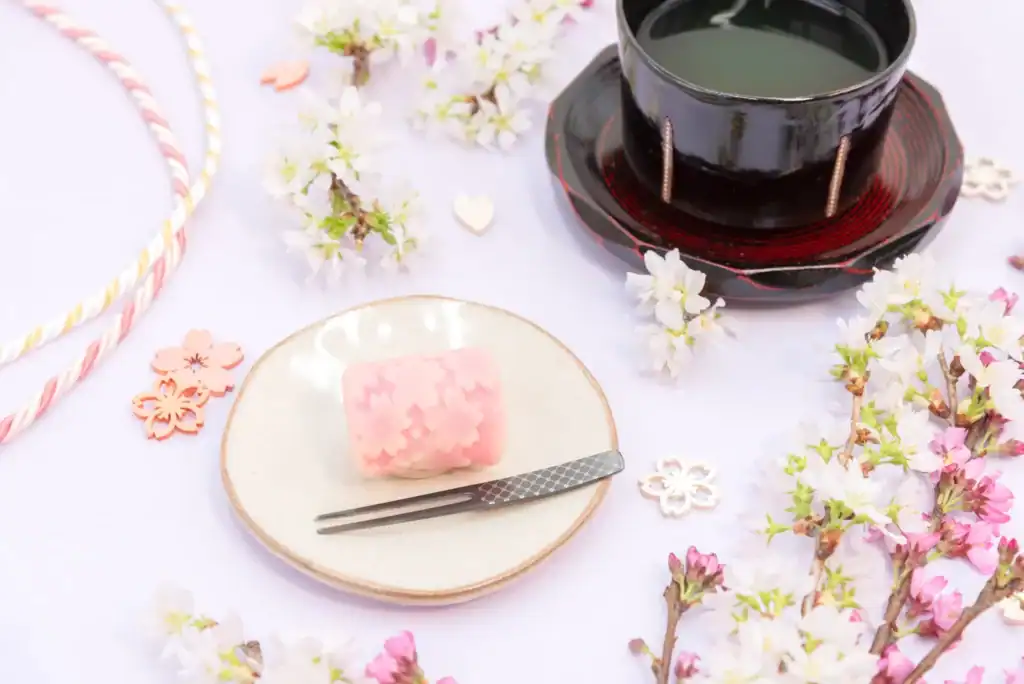
Designs that reflect nature
Wagashi designs often incorporate motifs from Japan’s rich nature, especially “kachōfūgetsu” (the beauties of nature: flowers, birds, wind, moon) and the changing seasons. In addition to specific forms such as cherry blossoms, autumn leaves, snowflakes, flowing water, or birds, seasonality can also be expressed abstractly through color combinations and overall form.
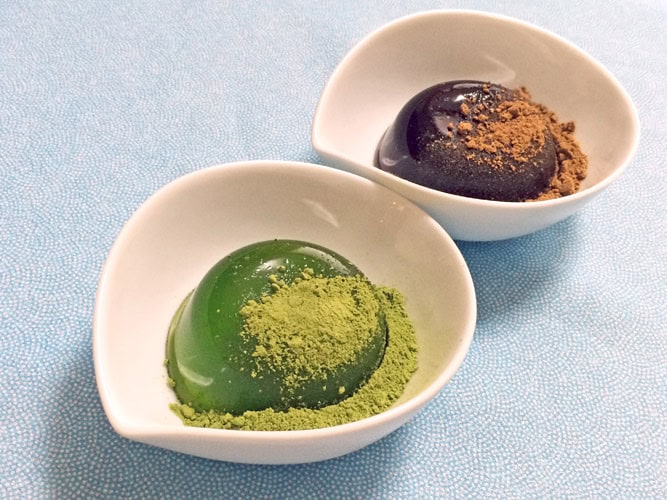
Expression of seasonality
Not only do wagashi artisans use seasonal ingredients (e.g., mugwort in spring, kudzu in summer, chestnuts in fall, yuzu citrus in winter), but they brilliantly convey the season through the sweet’s shape, color, and name, known as “kamei.” Many kamei originate from classical Japanese literature or waka poetry, adding cultural depth to the confection.
Enjoy with the five senses
Artisans design and make wagashi for enjoyment with all five senses: taste on the tongue, sight (beauty of shape and color), smell (pleasant aroma of ingredients), touch (textures such as chewy, smooth, crisp experienced in hand and mouth), and even hearing (imagining scenes or stories that the kamei evokes).
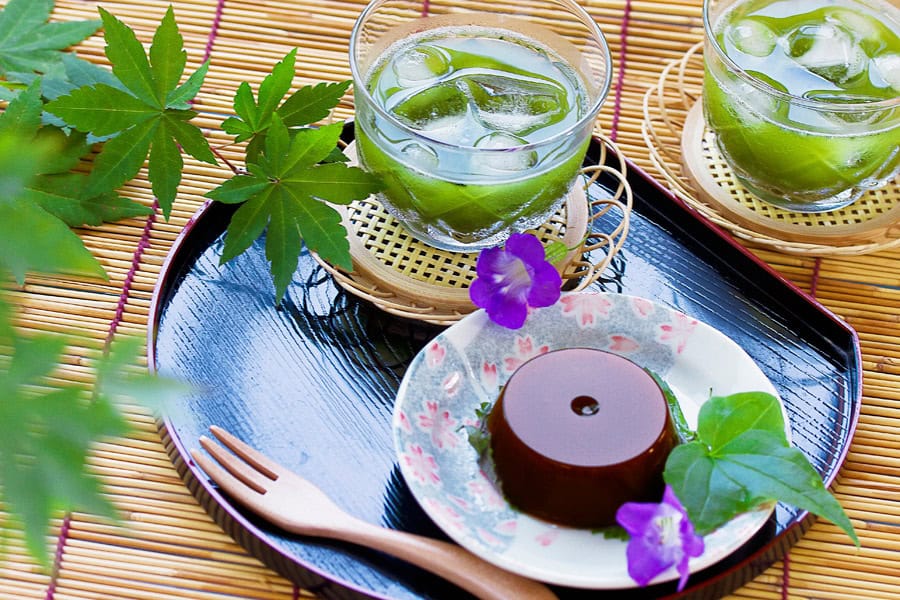
Craftsmanship
The intricate details seen in namagashi like nerikiri, such as overlapping petals or leaf veins, are brought to life by the handiwork of skilled wagashi artisans. They use specialized tools such as spatulas (“hera”) and triangular sticks (“sankakubō”) to meticulously craft each piece. This is not mere decoration, but a crucial element in creating the worldview that wagashi seeks to express.
Modern Significance and Future of Wagashi
Even in today’s society, wagashi continue to play an important role as symbols of cherished Japanese culture.
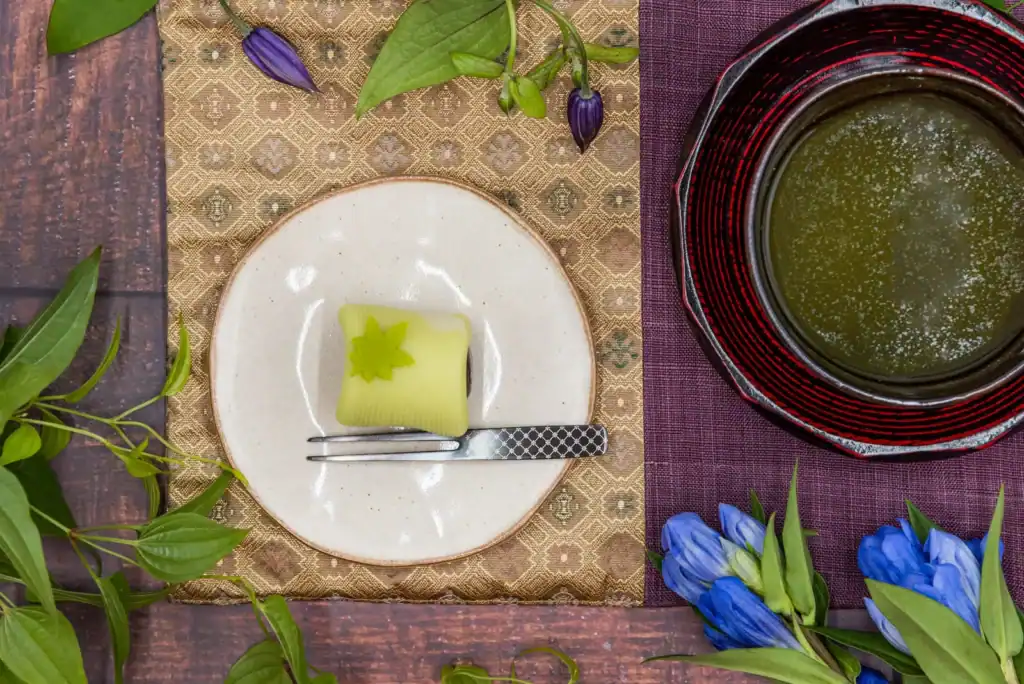
Inheriting tradition and embracing new challenges
While long-established wagashi shops continue to preserve traditional methods and flavors, there is also a movement among younger artisans and pastry chefs to create new styles of wagashi (sometimes called “neo-wagashi”) that incorporate Western ingredients (such as chocolate, fruit, fresh cream) and techniques. This demonstrates how traditional culture is being adapted and passed on in response to modern lifestyles and tastes.
Rediscovering the value of food culture
With the rise of health consciousness in recent years, wagashi, which is primarily plant-based and relatively low in fat, is gaining renewed attention as a healthy food option. In addition, wagashi made with unique local ingredients and methods serve to promote the distinctive food culture and identity of their regions.
Expanding the appeal of wagashi globally
Along with the boom in Japanese cuisine, wagashi have attracted interest overseas. Their delicate beauty and profound flavors serve as effective media for conveying the charm of Japanese culture, making them important assets in attracting foreign tourists (inbound tourism) and in international cultural exchange.
Conclusion
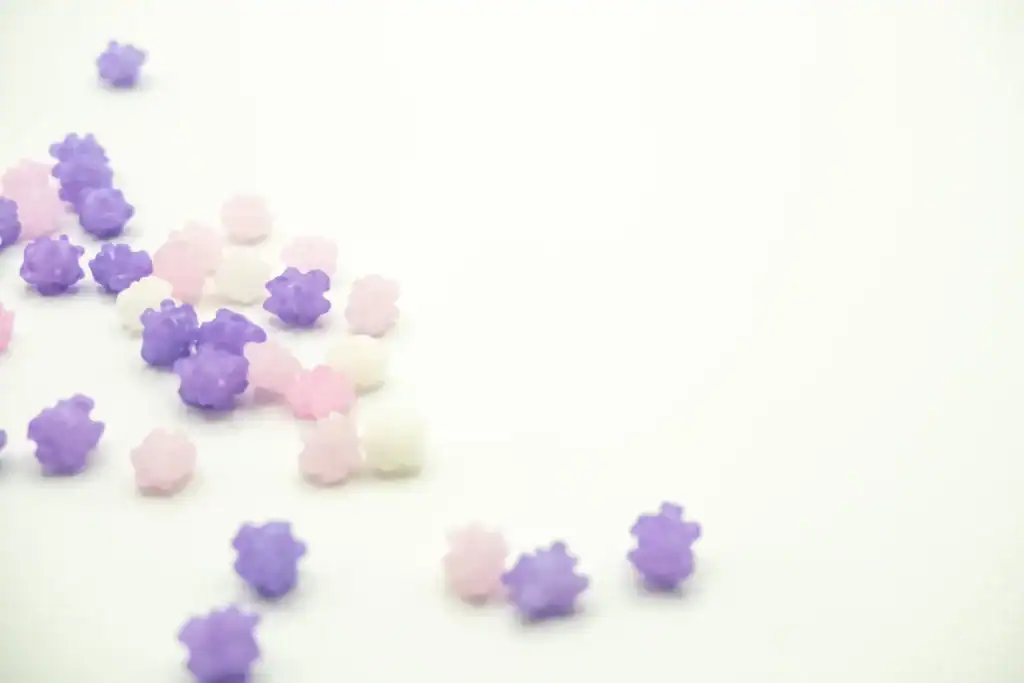
Wagashi can be described as a highly complex cultural product, a crystallization of Japan’s long history, rich natural environment, unique culture and refined aesthetic sense. Its origins are ancient, and while influenced by continental cultures, it has achieved a distinctively Japanese development through deep ties to the tea ceremony and integration into the lives of ordinary people. Classified primarily by moisture content, their diverse ingredients and sophisticated techniques create rich flavors and textures. In particular, the exquisite designs that reflect nature and seasonality enhance the artistic value of wagashi, which consumers enjoy deeply through all five senses. Today, while artisans maintain tradition, they undertake new experiments, and both domestic and international audiences increasingly recognize its cultural value.
An in-depth study of wagashi offers a valuable perspective for understanding Japanese culture itself. We hope you will find your favorite wagashi and enjoy exploring its profound world.
Wagashi (Japanese Sweets) FAQ
What is Wagashi?
Wagashi refers to traditional Japanese confections. Artisans craft them to reflect the beauty of nature and the seasons.
What are the main ingredients?
Makers primarily use plant-based ingredients like Azuki bean paste, rice flour, and agar (vegetable gelatin).
Are they healthy?
Generally, yes. They contain much less fat and oil than Western cakes, relying on the natural sweetness of beans.
Is Wagashi vegan?
Most are vegan. Recipes rarely call for eggs or dairy, except for baked items like Dorayaki or Castella.
What is the dark paste inside?
That is “Anko,” a sweet paste made from boiled red Azuki beans and sugar. It fills the center of many sweets.
How do I eat them?
You typically use a small wooden pick called “Kuromoji” to cut the sweet into small pieces.
What drink pairs best?
They pair perfectly with Green Tea (Sencha) or Matcha. The sweetness balances the tea’s bitterness.
Do they change with the seasons?
Yes. You see Sakura mochi in spring, water jellies in summer, and chestnut sweets in autumn.
Is Wagashi gluten-free?
Many are gluten-free because they use rice flour. However, you must check for wheat in buns (Manju).
How long do they last?
Fresh sweets (Namagashi) expire within a day. Dry sweets (Higashi) like crackers last for weeks.
What is “Yokan”?
It is a firm, block-shaped jelly made of red bean paste, sugar, and agar. It is very popular as a gift.
Where can I buy them?
You find the best selection in “Depachika” (department store basements) or specialized confectionery shops.
Is Mochi the same as Wagashi?
Mochi is just one type of Wagashi. The category also includes jellies, steamed buns, and hard candies.
Why are they so sweet?
Tea masters originally designed them to complement the strong bitterness of Matcha tea during ceremonies.
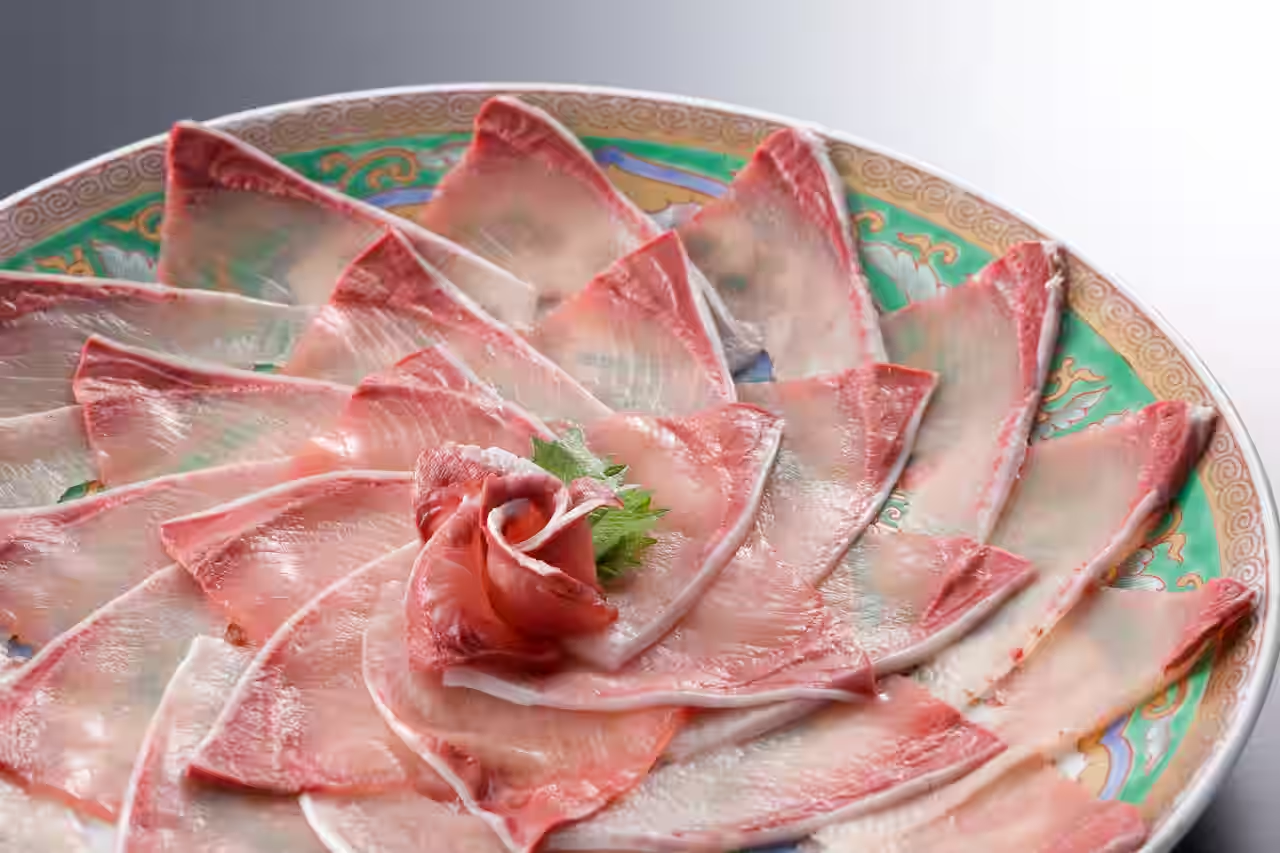
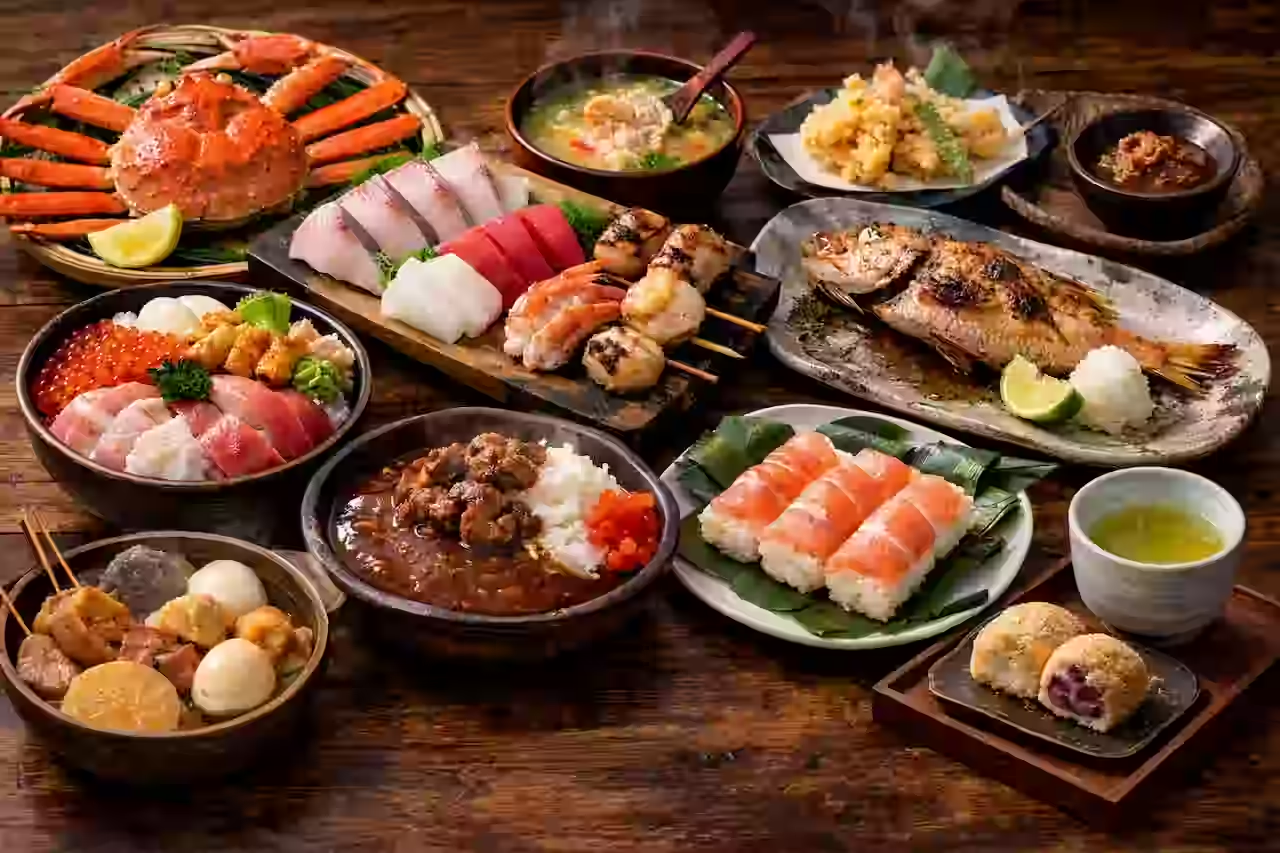
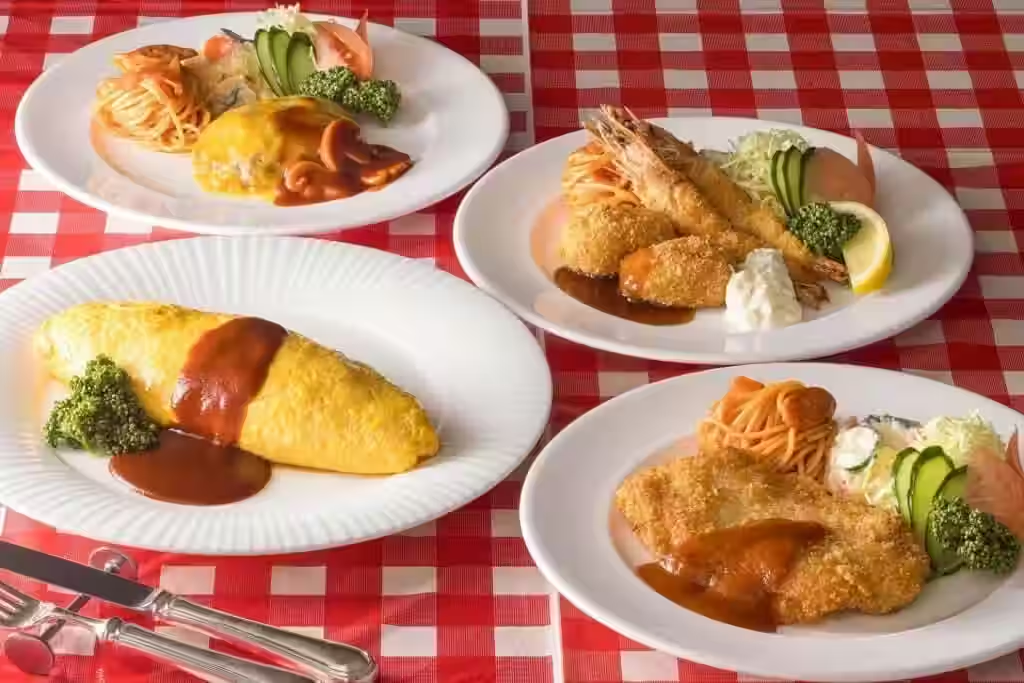
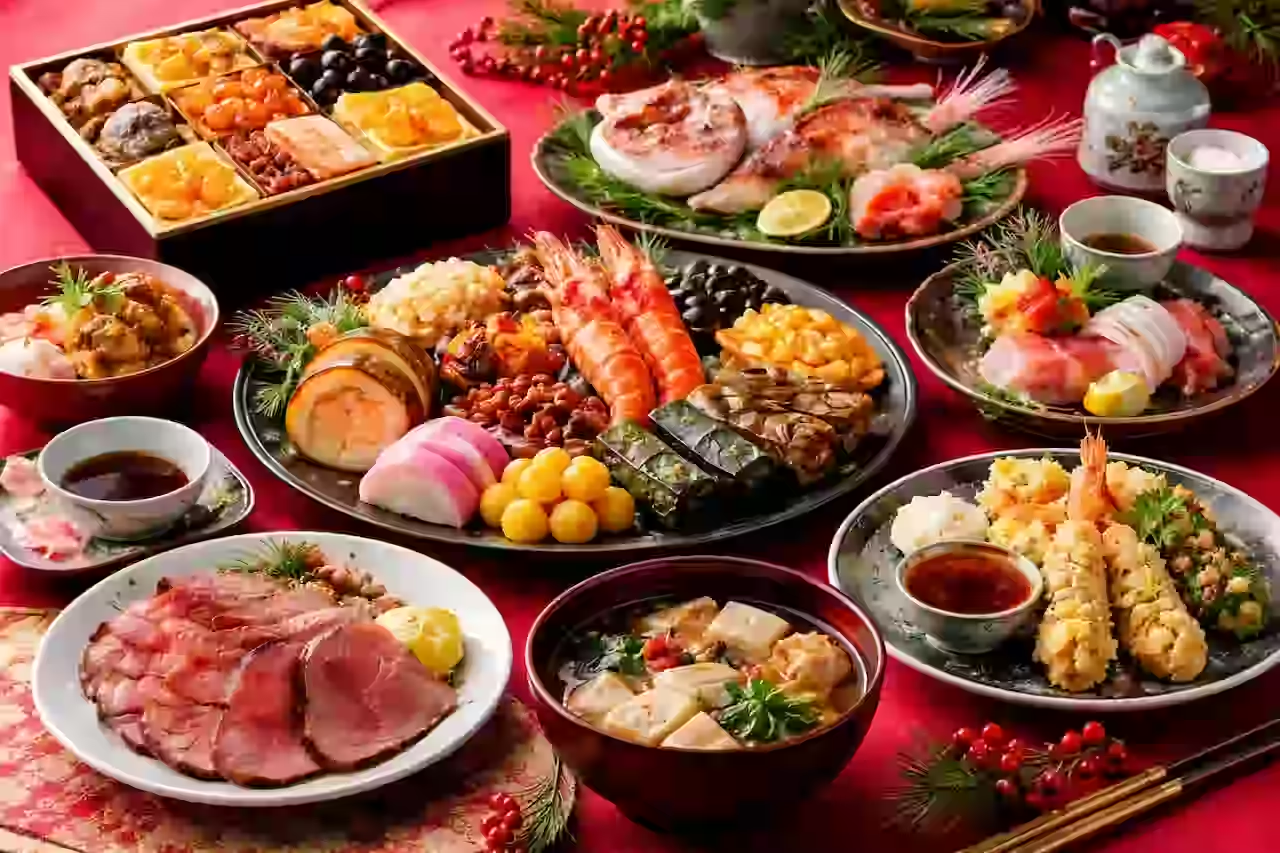
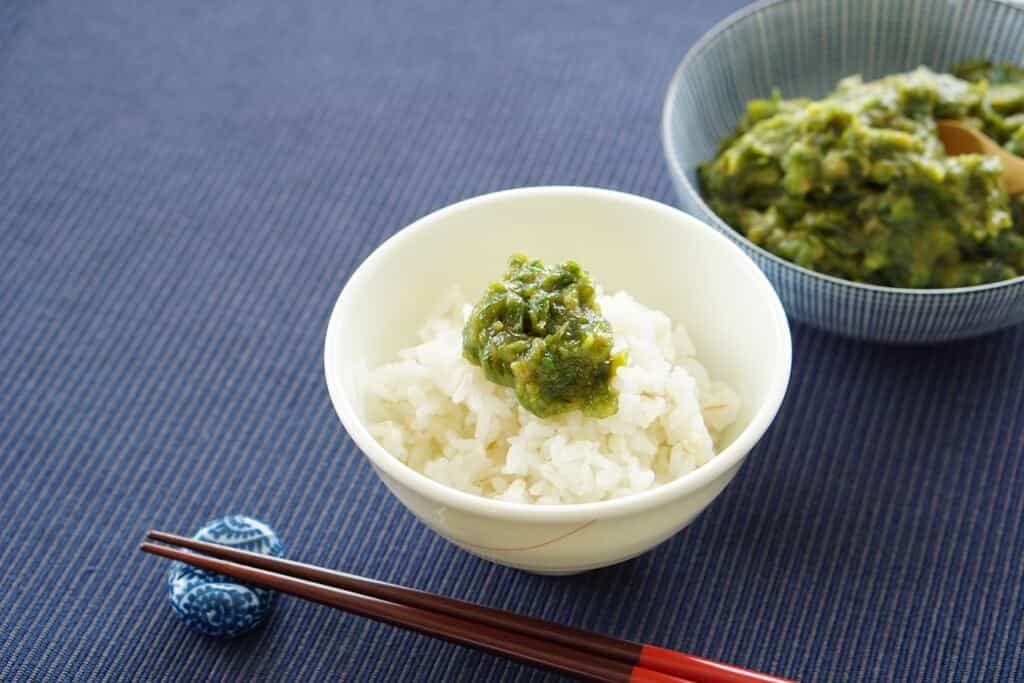

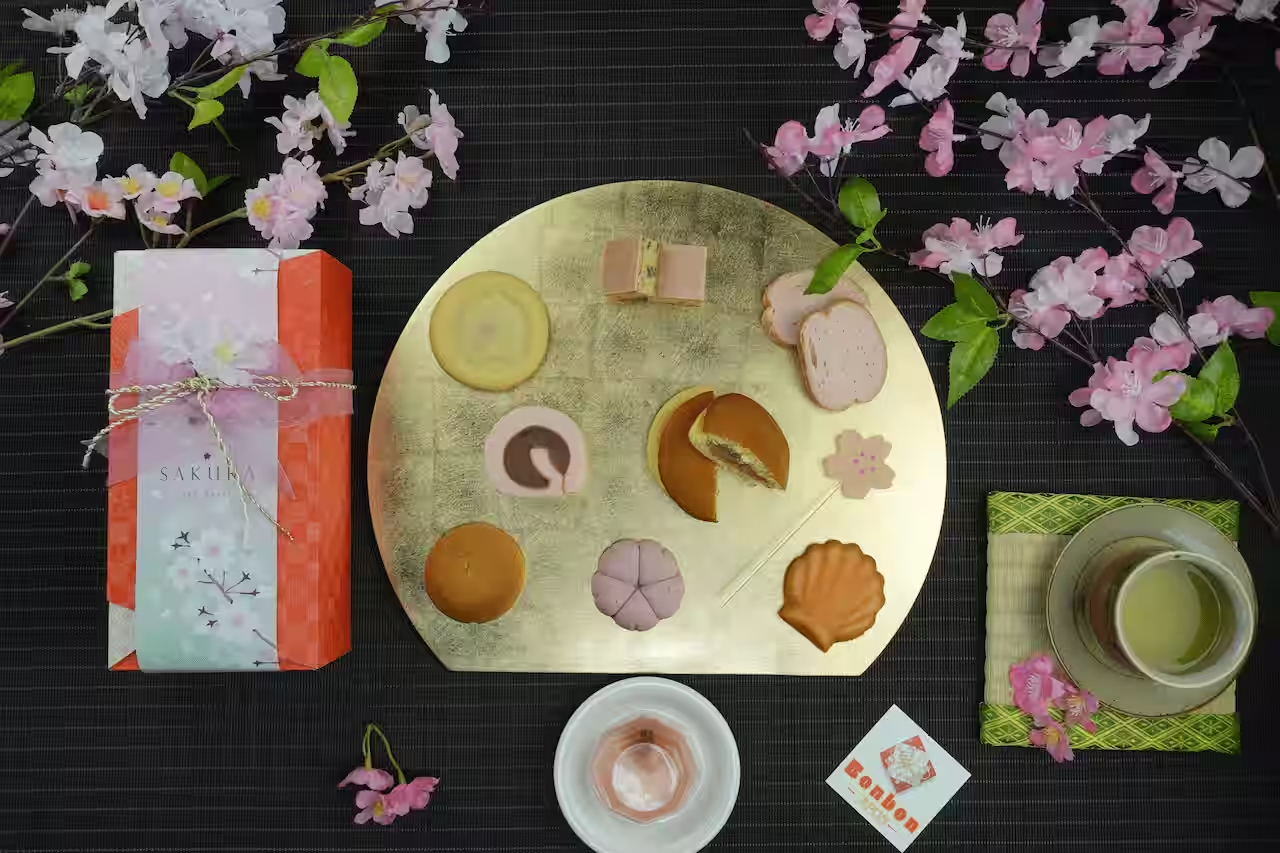
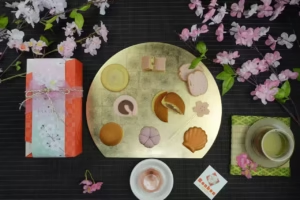
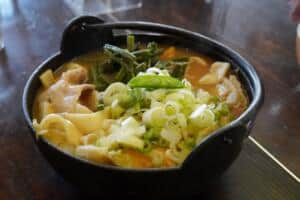
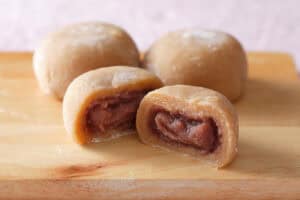
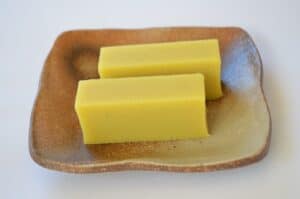
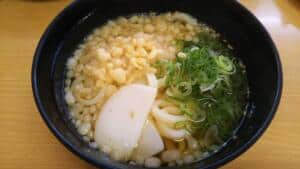
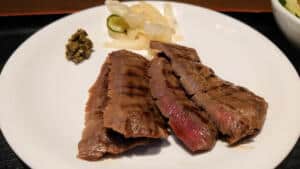
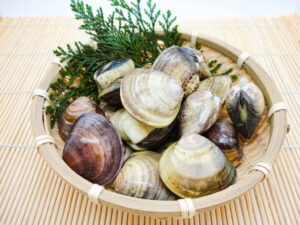
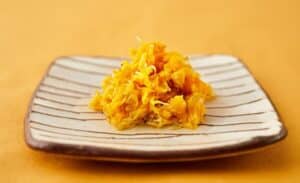
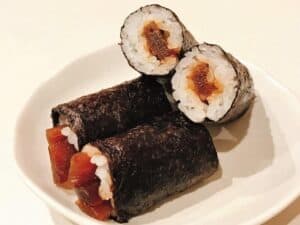
Comments